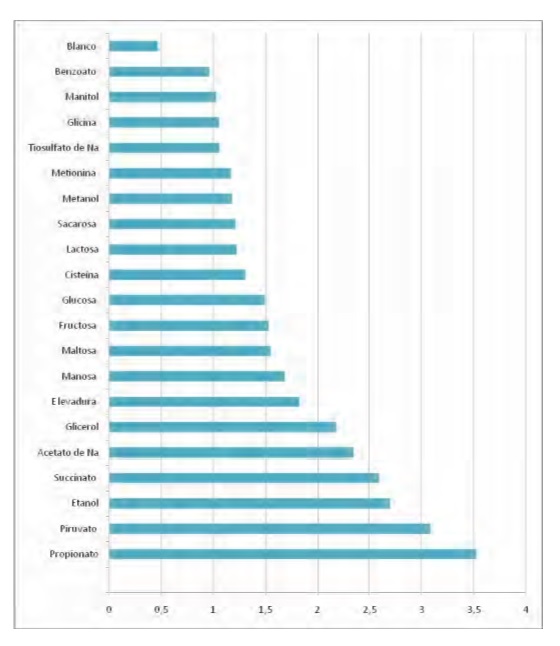Aislamiento y caracterización de bacterias rojas no sulfurosas provenientes del humedal de la Mixtequilla, Veracruz (México)
DOI:
https://doi.org/10.33017/RevECIPeru2011.0019/Keywords:
bacteriochlorophyll a, purple non sulfur bacteria, Rhodopseudomonas, Mixtequilla.Abstract
Phototrophic bacteria are widely distributed in aquatic and terrestrial ecosystems. These microorganisms are divided in purple and green bacteria (sulfur and nonsulfur), All of them are anaerobic and anoxygenic. Purple non sulfur bacteria (PNSB) are metabolically the most versatile, they are able to use a broad range of organic compounds as carbon and energy sources; by the other hand, they are chemoheterotrophic in the dark with minimal oxygen quantities. In the last years PNSB has been used in biorremediation, agriculture, biotechnology and medicine. The aim of this study was to isolate and to characterize purple non sulfur bacteria from la Mixtequilla wetland. It was obtained ten pure cultures of PNSB isolated from water samples collected at the Mixtequilla. Properties such as morphology, pigment and the use of different energy donors and carbon sources were used for characterizing PNSB. Results showed that liquid cultures were red and brown in color; Gram negative rods, and all produce bacteriochlorophyll a. The cultures mainly use as carbon and energy sources to piruvate, succinate, propionate, glycerol, acetate, ethanol and yeast extract; eight cultures use maltose, manose and sucrose; few cultures use lactose, benzoate, methanol and cysteine. According with these properties in the cultures there are members of the Rhodopseudomonas, Rhodobacter, Rhodovulum and Rhodobium genera.


